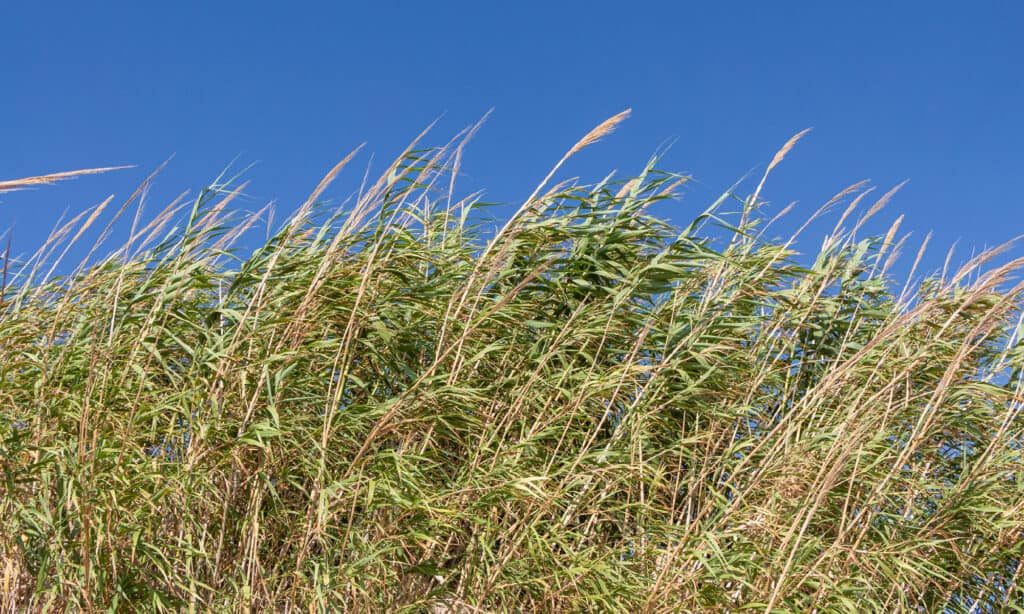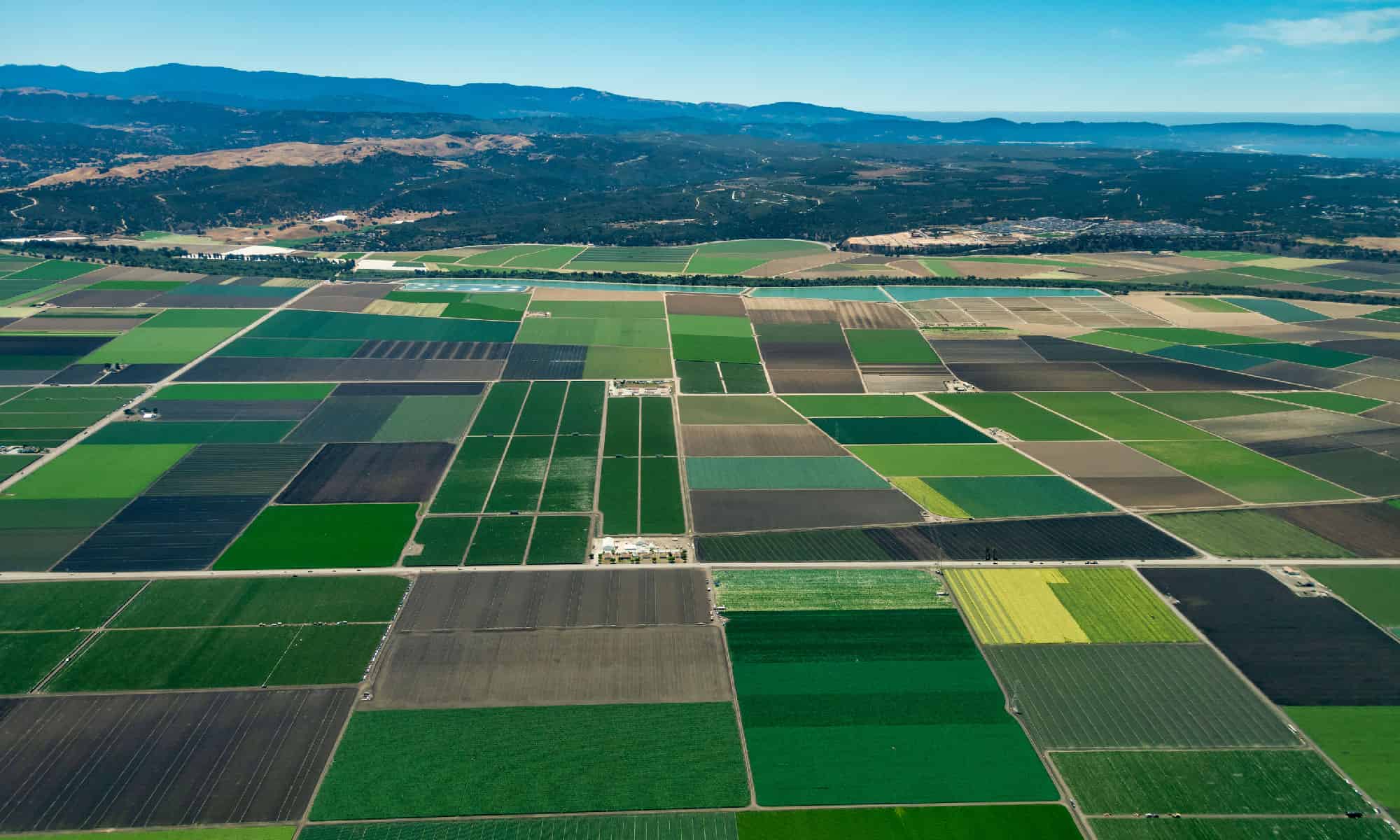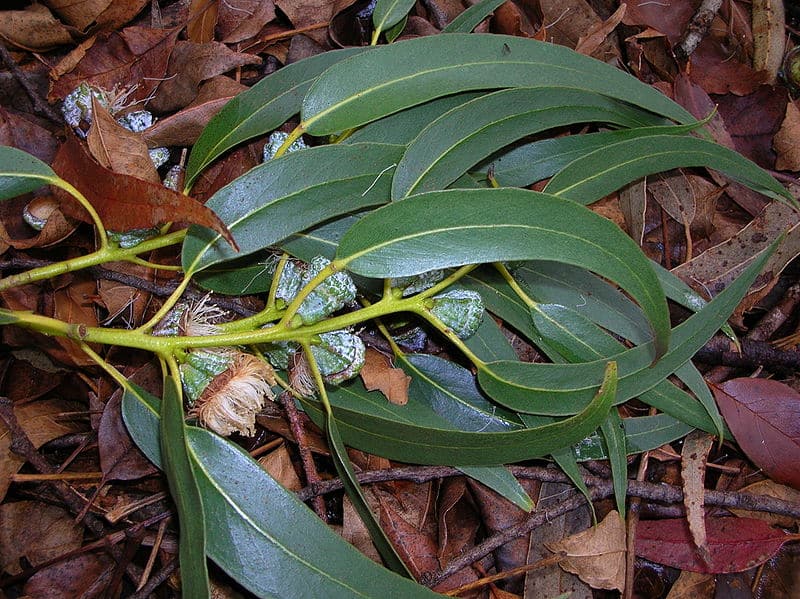The California Invasive Plant Council (Cal-IPC) states that non-native plants with out-of-control spread cost the state over $82 million annually. That’s a staggering price tag for invasive plant management. But how do invasive plants eat up this much of California’s budget? According to Cal-IPC, the quick answer is a combination of costs related to invasive plant control, mapping, monitoring, and outreach. However, a shocking amount of lost revenue impacts California’s farming, lumber, and other industries that rampant plant infestations affect.
Cal-IPC further explains that all California residents suffer the impact of invasive plants in multiple ways. For hunters and California fishing enthusiasts, invasive plants can change and destroy the habitats of wildlife they hunt for food. Due to non-native plant invasions, boaters, hikers, and campers are forced out of some natural habitats. Even California city-dwellers feel the impact of invasive plants due to increased wildfires and clogged waterways that cause more flooding.
Let’s discover why invasive plants are costing California a staggering $82 million per year by digging deeper into the challenges these plants create.

Arundo is an invasive plant that weakens the biodiversity of the California habitats it invades.
©iStock.com/Tatiana Kuklina
The Impact on Biodiversity
Biodiversity refers to the diversity of various life forms in an ecosystem. California invasive plants disrupt biodiversity by causing a decline in animal and plant species in affected habitats.
This biodiversity loss caused by invasive plants can have far-reaching consequences over time.
- Pollinators struggle to adapt to invasive species, causing pollination disruptions for the entire habitat and the resulting loss of native plants.
- Invasive plants outcompeting native species cause increasingly altered food chains due to disrupted breeding and nesting sites, loss of shelter, plus fewer hunting and foraging grounds for wildlife.
- California animals that survive these changes must move on to healthier habitats, leaving an even lower-quality ecosystem in their absence.
The High Cost of Invasive Arundo Plants
One example of how invasive plants change California’s biodiversity is the damage caused by the giant reed or arundo plant (Arundo donax). The UC Riverside Center for Invasive Species Research explains that though arundo (native to Asia) has many practical uses, it grows at a shockingly rapid rate. Each vigorous arundo plant can grow up to 4 inches per day and reach a height of 25 feet in a year.
In addition, arundo multiplies so rapidly that each acre grown of these invasive plants can produce 25 tons of plant biomass per harvest. Unfortunately, that means arundo quickly grows out of control and negatively impacts the local biodiversity.

California farmland is at risk of negative impacts from invasive plants.
©Dreamframer/Shutterstock.com
How Invasive Plants Impact California Agriculture
Reduced crop yields, plus the costs of herbicides and the need for additional labor, all contribute to the negative impacts of invasive plants on California’s agricultural industries. In fact, the county agriculture departments in California estimate that invasive plants cost their industries at least $6 million annually. That’s a very high cost for farmers, ranchers, and lumber companies to take on, and the struggle to do so is all too real.
Here are some of the many ways agriculture industries in California suffer from the high cost of invasive plant species:
- Decreased crop and timber yields
- Compromised crop and timber quality
- Decrease in farmed food for livestock
- Land rendered unsuitable for livestock grazing
- Disrupted soil health and erosion caused by an invasive plants’ aggressive root system and toxic sap or oils, massive removal of invasive stands, biodiversity changes, and chemicals used to manage the problem
- Increased occurrences of wildfire and flooding
- High cost of herbicides, plus extra labor and equipment to apply it
- Increased costs of labor and equipment for manual removal of invasive plants
- Continuing annual costs from weed persistence
When you look at all those negative impacts on agriculture, it seems like $6 million isn’t near enough to cover the loss. So where do California’s remaining $82 million in invasive plant costs come from? A larger portion of this total (about $26 million) is needed by the state agencies responsible for invasive plant management. And federal agencies estimate an additional $21 million goes to their management efforts in California alone.

Pampas grass is a tall and billowy ornamental grass that has become invasive in California.
©Gerry Matthews/Shutterstock.com
Agency Costs of Environmental Management
Multiple state and federal agencies in California are working to control and eliminate invasive plants. And together, their estimated annual costs for invasive plant programs are more than $47 million.
Here’s a list of a few of those agencies and what they do for the cause:
- California Department of Fish and Wildlife: This agency has an Invasive Species Program that reduces the negative impact of non-native terrestrial and aquatic species. In addition to clean-up efforts, they also offer educational events, contests, and a reporting app for invasive plant sightings.
- California Department of Food and Agriculture: This division of the USDA manages multiple invasive species management programs and hosts an online National Invasive Species Information Center.
- California Department of Water Resources: Along with other agencies, the California DWR researches and documents invasive species and offers education programs for the public.
These and more state agencies require millions of dollars per year for their education, documentation, and continued research into invasive plants. But those millions don’t include government funding costs for hands-on control of invasive species and the replenishment of ravaged ecosystems.
And then there are the high costs of wildfires, which affect many of these same agencies. Invasive plants contribute to increased wildfire occurrences by increasing the flammability of disrupted habitats.

Some invasive plants create highly-flammable fuel loads that increase wildfire risk and intensity.
©iStock.com/MichaelPenhallow
Invasive Plants and California Wildfires
The high cost of California wildfires fueled in part by invasive plants is astounding. Unfortunately, invasive plants like grasses and vines create highly-flammable blankets of vegetation across native plants and sometimes up into trees.
The following brief list of California invasive plants includes a few that can create tremendous fuel loads, which promote fast-spreading wildfires:
- Scotch broom: This invasive perennial shrub produces a highly flammable oil.
- Eucalyptus: In particular, piles of dead eucalyptus leaves still contain the plant’s volatile oils and present a fire risk.
- Pampas grass: This beautiful ornamental grass has become a nuisance in California and provides a lot of dry elements that burn quickly.
Plus, the arundo plant (also called giant weed) we mentioned earlier becomes up to 25 feet worth of flammable vegetation every autumn.

Poison hemlock is an invasive California plant that is also highly toxic for humans and animals.
©iStock.com/gabrielabertolini
Impacts on Human and Animal Health
Though healthcare costs aren’t part of Cal-IPC’s estimates of what invasive plants cost Californians, it’s important to mention how these invaders affect our health.
- Some invasive plants (like poison hemlock) are also toxic to humans and animals, creating health risks from touching or ingesting their leaves, fruit, and roots.
- Decreased crops, plus increased wildfires and floods caused at least partially by invasive plants; all add health risks for humans, pets, livestock, and wildlife.
In addition to the costs of medical expenses and emergency services, healthcare organizations need funds for invasive plant programs. For example, the California Office of Environmental Health Hazard Assessment (OEHHA) evaluates the toxicity and health risks of invasive species.

Eucalyptus globus has long, glossy green leaves
©Forest & Kim Starr, CC BY 3.0 – License
Breaking Down the Costs of California Invasive Plants
Cal-IPC manages and updates the annual cost estimates for California’s invasive plants. The most current estimates break down the costs into the following categories:
- State agencies = $26 million
- Federal agencies = $21 million
- Resource conservation districts = $10 million
- Land trusts and conservancies = $10 million
- County agriculture departments = $6 million
- Regional parks and open space districts = $4 million
- Non-profit organizations = $3 million
- Utilities = $2 million
- TOTAL = $82 million
It’s important to note that the above estimates refer to the annual costs of invasive plant “control, monitoring, and outreach,” according to Cal-IPC. However, the overall costs of invasive plant impacts add up to billions of dollars over time.
Controlling California Invasive Plants Takes a Village
Cal-IPC, state and federal agencies, land trusts, and conservancies work together to manage California’s invasive plants as much as possible. But citizens can also make a big difference by learning about invasive species, reporting plant sightings, and helping remove the plants whenever possible.
Consult with local agencies to learn the best removal practices, including when it’s best not to remove an invasive plant on your own. Hopefully, Californians pulling together to control invasive plants will lower these staggering costs over time.
The photo featured at the top of this post is © iStock.com/David Rigg
Thank you for reading! Have some feedback for us? Contact the AZ Animals editorial team.







